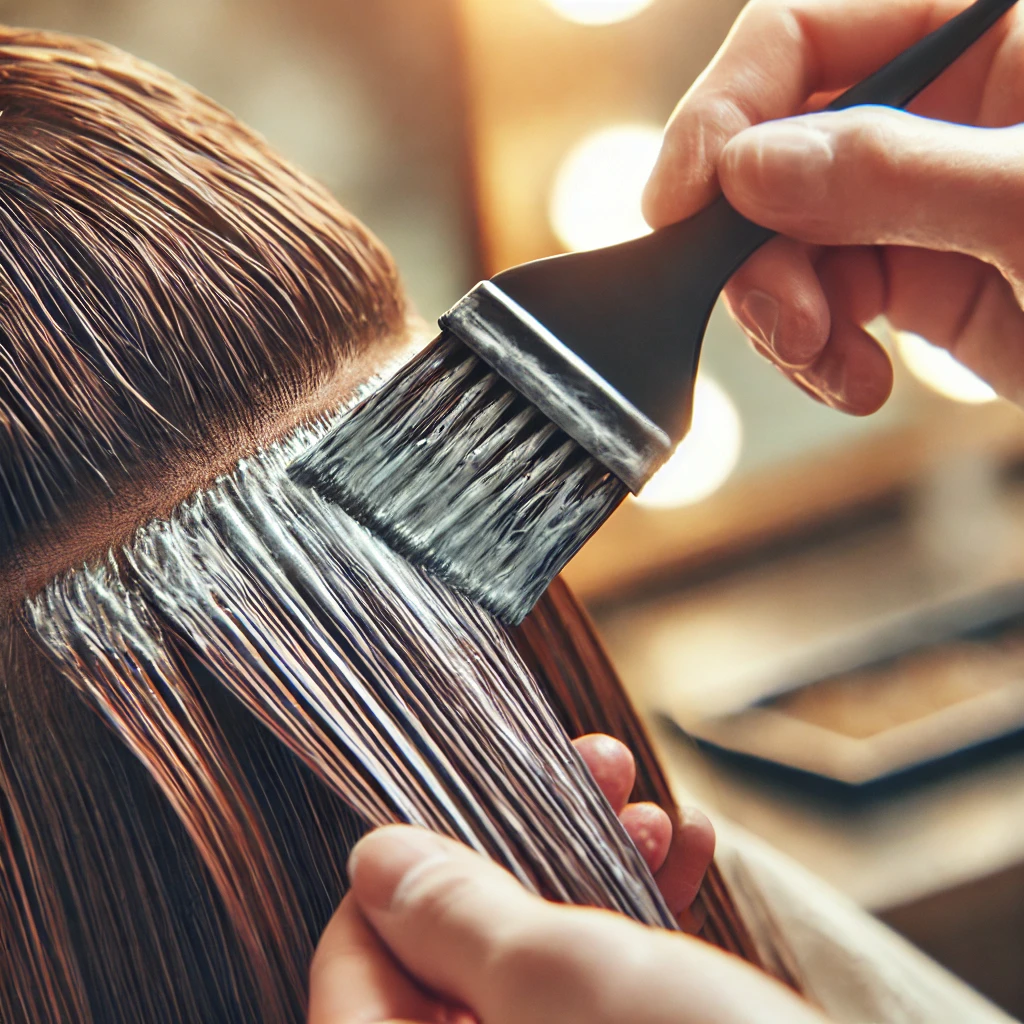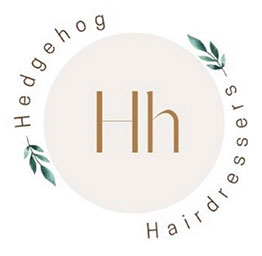
Root Tap vs. Root Shadow: What’s the Difference?
Both a root tap and a root shadow are techniques used in hair coloring to create a more natural, blended look, especially with balayage or highlighted hair.
Root Tap
A root tap is a subtle technique where a small amount of color (usually just slightly darker than the highlights) is applied to the roots and gently tapped or smudged into the hair. This softens the transition between the natural root color and the lighter highlights, making the grow-out phase look seamless.
✅ Benefits of a Root Tap:
• Softens harsh lines between highlights and the natural root
• Helps blend newly lightened hair for a natural finish
• Ideal for maintaining a natural look while keeping brightness near the root
Root Shadow
A root shadow is a deeper, more noticeable technique where a darker shade is applied at the roots and blended down into the lighter lengths. This creates more contrast and depth, giving a “lived-in” color effect.
✅ Benefits of a Root Shadow:
• Extends the time between salon visits since the grow-out looks natural
• Adds depth and dimension to the overall hair color
• Creates a more low-maintenance, natural-looking balayage or ombré effect
Root Tap vs. Root Shadow: Which One Should You Choose?
Both techniques blend highlights for a more natural look, but the choice depends on your hair goals, maintenance preferences, and desired level of contrast.
Benefits of a Root Tap Over a Root Shadow
• Keeps hair looking brighter at the roots – A root tap is more subtle, so it maintains a lighter, more naturally sun-kissed look.
• Less commitment – Since it only softens the transition between highlights and roots, it fades faster and doesn’t dramatically change your base color.
• Ideal for maintaining brightness near the face – Great if you love a high-impact, fresh blonde look without a harsh regrowth line.
Benefits of a Root Shadow Over a Root Tap
• More depth and dimension – A root shadow creates a deeper, more blended look, making highlights appear more natural and “lived-in.”
• Lower maintenance – Because it mimics natural regrowth, it allows for longer time between touch-ups.
• Best for a softer, more grown-out effect – Perfect for those who prefer a balayage-style blend rather than bold highlights.
Which One Is Best for You?
• If you want to keep your hair bright and fresh with minimal blending, go for a root tap.
• If you prefer a softer, low-maintenance, natural grow-out, a root shadow is the better choice.
Which Hair Type Works Best for a Root Tap vs. a Root Shadow?
Both techniques can work on various hair types, but they suit different textures, colours, and maintenance preferences.
Best Hair Types for a Root Tap:
✔️ Fine to Medium Hair – Keeps highlights looking bright without making the roots look too dark or heavy.
✔️ Straight to Wavy Hair – Works well on smoother textures where subtle blending is needed.
✔️ Lighter Hair Colours (Blonde, Light Brunette) – Ideal for those who want a seamless, natural transition between their natural roots and highlights while maintaining brightness.
✔️ People Who Prefer Frequent Touch-Ups – Since a root tap fades faster, it’s great for those who regularly refresh their colour.
Best Hair Types for a Root Shadow:
✔️ Medium to Thick Hair – Helps break up dense colour and add dimension.
✔️ Wavy to Curly Hair – Looks more natural on textured hair, as the shadow creates a seamless blend.
✔️ Darker Hair Colours (Brunette, Dark Blonde, Red, Black) – Great for softening the contrast between highlights and the natural base, making it look more blended.
✔️ Low-Maintenance Clients – If you want longer time between salon visits, a root shadow grows out more naturally.
Which One Should You Choose?
• If you have fine, straight, or light-coloured hair and want to maintain brightness, go for a root tap.
• If you have thicker, darker, or textured hair and want a natural, low-maintenance grow-out, a root shadow is the better choice.
Please feel free to ask more about it at your next hair appointment.
